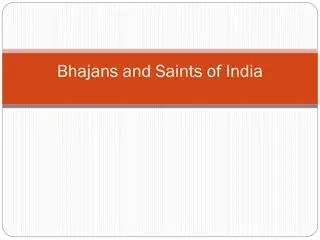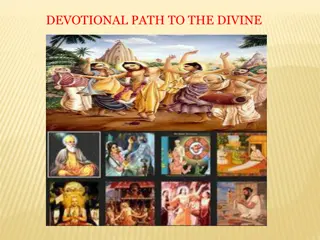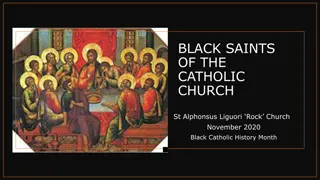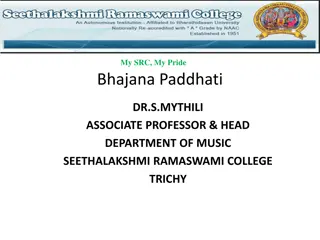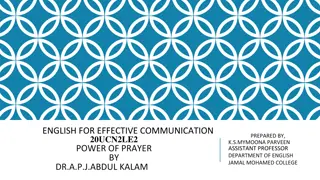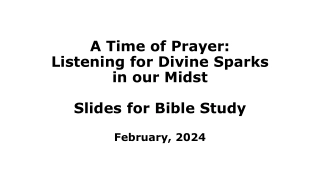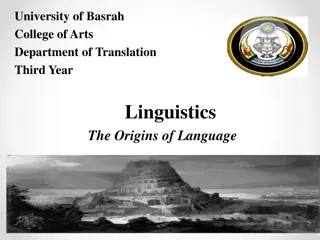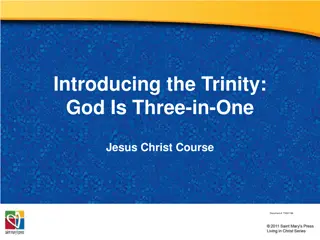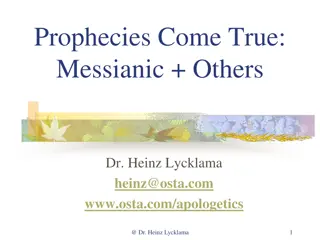Path to the Divine: Saints of Maharashtra, Nathpanthis, Yogis & Sufism
Explore the devotional path to the divine through the lives of saints in Maharashtra like Tukaram, Jnaneshwar, Eknath, Chokhamela, Namdev, and Sakhubai. Learn about the spiritual practices of Nathpanthis, Siddhas, and Yogis who advocated renunciation and meditation. Discover the teachings of Islam and Sufism, highlighting monotheism and spiritual unity with God. Witness the diverse spiritual traditions that have influenced the religious landscape in India.
Download Presentation

Please find below an Image/Link to download the presentation.
The content on the website is provided AS IS for your information and personal use only. It may not be sold, licensed, or shared on other websites without obtaining consent from the author. Download presentation by click this link. If you encounter any issues during the download, it is possible that the publisher has removed the file from their server.
E N D
Presentation Transcript
THE SAINTS OF MAHARASHTRA Tukaram Jnaneshwar Eknath Chokhamela Namdev Sakhubai
THE SAINTS OF MAHARASHTRA Jnaneshwar, Namdev, Eknath, Tukaram, Sakkubai and the family of Chokhamela focused on the bhakti of Vitthala (a form of Vishnu). Some of these belonged to lower castes. They rejected all forms of ritualism, outward display of piety and social differences based on birth.
Nathpanthis, Siddhas & Yogis
Nathpanthis, Siddhas and Yogis A number of religious groups that emerged during this period criticized the ritual and other aspects of conventional religion and the social order, using simple, logical arguments. Among them were the Nathpanthis, Siddhcharas and Yogis. They advocated renunciation of the world.
For them, the path to salvation lay in meditation on the formless Ultimate Reality and the realisation of oneness with it. They advocated intense training of the mind and body through practices like yogasanas, breathing exercises and meditation to achieve this. These groups became particularly popular among low castes. Their criticism of conventional religion created the ground for devotional religion to become a popular force in northern India.
Islam and Sufism Islam propagated monotheism or submission to one God. It also rejected idol worship. Muslim scholars developed a holy law called Shariat. The Sufis rejected the elaborate codes of behaviour demanded by Muslim religious scholars. The sought unison with God, as a lover seeks his beloved with a disregard for the world. Among the great Sufis of Central Asia were Ghazzali, Rumi and Sadi. Sufism introduced many popular orders or silsilas of which the most widespread was the Shariat and Chisti Silsilas. The Chisti silsila was among the most influential orders. A long line of teachers included Khwaja Moinuddin Chisti of Ajmer, Qutbuddin Bakhtiyar Kaki of Delhi, Baba Farid of Punjab, Khwaja Nizamuddin Auliya of Delhi and Bandanawaz Gisudaraz of Gulbarga.
Nancy George AECS, Mysore




